Hi Matthew, nice to work with you today. Here are some quick reminders about our lesson.
- Relax! Relax all perceived tension before you play. It’s awkward enough to have to hold this instrument with a plunger mute, and tension only makes it worse.
- Spend five minutes a day on slow mid-register scales, flutter-tonguing the whole way. F major pentatonic, E-flat, G, whatever. You could even play in half-notes where the second beat is fluttered, but the first beat is straight. Make up your own simple exercises. Most people don’t know this, but flutter tonguing makes your regular “t” articulations even crisper and clearer.
- Practice all of the segments s-l-o-w-l-y at first.
quarter = 60 on day one
quarter = 88 on day two
quarter = 104 on day three
quarter = 132 on day four - Close the angle of your slide a bit before Slava. It will help to hold the instrument with your shoulder for the plunger licks. On those plunger licks, the plunger should always cover about half the bell, never completely covering. The response and intonation go crazy wonky when you cover the whole bell.
- For the first half of the first solo, where everything is “open horn,” hold the plunger as far away from the bell opening as possible. I like to support the bell with the back of my hand here; the “poop” side of the plunger faces the audience.
- Again, in these first 3 bars, be sure to lower your fourth-position C double-sharps just a shade. Just like first-position F above the staff is out just a bit, this (D) is in the same partial and thus needs to be lowered. Use the “Sound” feature on your tuner app, set it to sound a B-natural and an F-sharp (so an open fifth), and tune this segment to that drone. That will inform you about where these weird sharp notes should be played. Again, nobody really knows where 5th position is.
- In the second, “plunger” half of the solo, I think this articulation (and plungerwork) is most stylistically correct (but difficult to type):
“ta-Da-ta-trrrrrr-Da-trrrRRR!!”
+ + + o + +—–o
Remember the difference between soft “da,” which is legato, and hard “Da” or “Dta” (as in well, DUH!) which creates a tenuto but not a slur. - The second little plunger solo, which is preceded by the trumpet, should be similar to the below…but let the “wa” of the plunger create the articulation between B-natural and C-natural:
(⅛ rest) ta taaa | ta ta taaa | ta-Da-ta-trr|rrrrrrrrr!
+ +–o + + +–o o +—–o - We didn’t talk about the big tutti section in the middle that is either in fugue or has a big countermelody elsewhere (maybe both, I just can’t remember)…regardless, just sing, it doesn’t need to be blaring, let your collective sound make the high B-flats easy.
- Have fun on this goofy chart. Let me know if you want another lesson!
